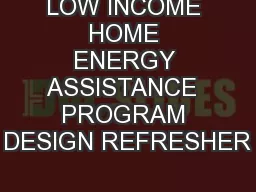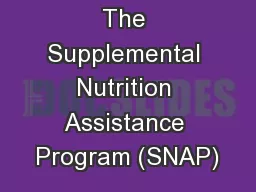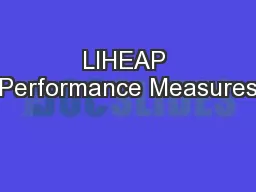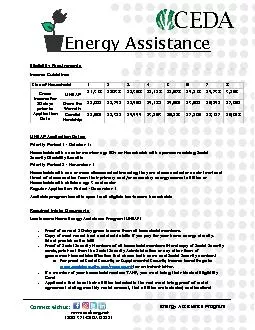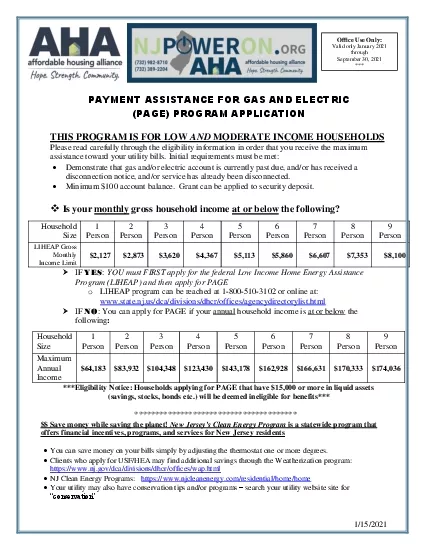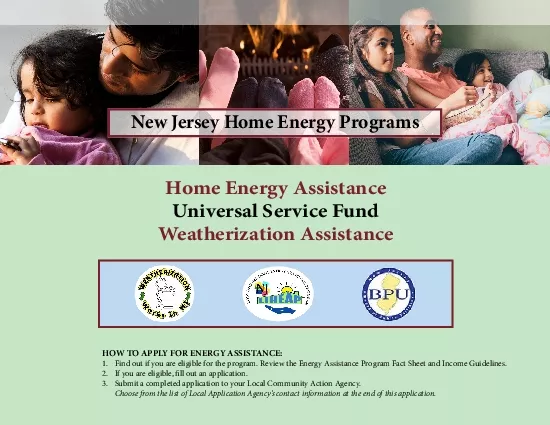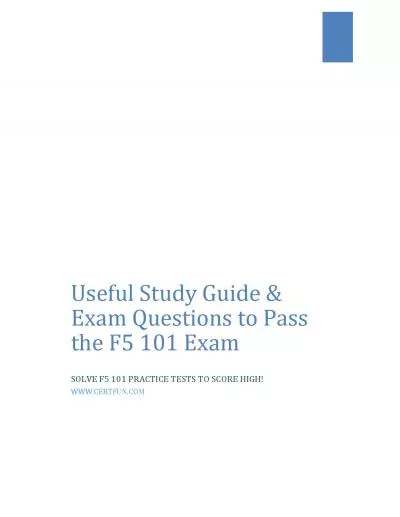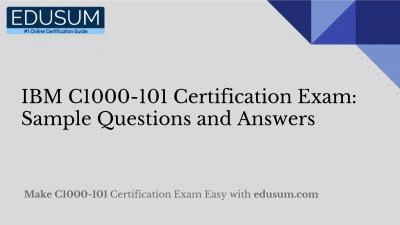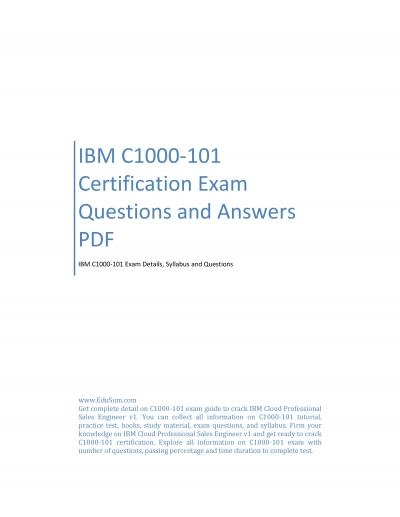PPT-Benefits 101: The Low Income Home Energy Assistance Program (LIHEAP)
Author : natalia-silvester | Published Date : 2019-06-22
April 2018 What Well Cover What is the LowIncome Home Energy Assistance Program LIHEAP Who does LIHEAP help Overview of LIHEAP How LIHEAP Works Eligibility Rules
Presentation Embed Code
Download Presentation
Download Presentation The PPT/PDF document "Benefits 101: The Low Income Home Energ..." is the property of its rightful owner. Permission is granted to download and print the materials on this website for personal, non-commercial use only, and to display it on your personal computer provided you do not modify the materials and that you retain all copyright notices contained in the materials. By downloading content from our website, you accept the terms of this agreement.
Benefits 101: The Low Income Home Energy Assistance Program (LIHEAP): Transcript
Download Rules Of Document
"Benefits 101: The Low Income Home Energy Assistance Program (LIHEAP)"The content belongs to its owner. You may download and print it for personal use, without modification, and keep all copyright notices. By downloading, you agree to these terms.
Related Documents


